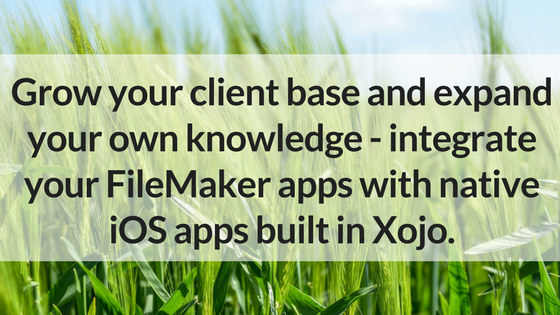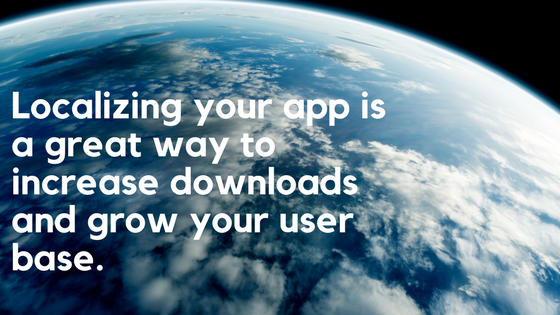I’ve speculated for some time now that Apple might decide to start putting their own ARM-based processors in Mac desktop and laptop computers. Apparently, I’m not alone in thinking this. It makes a lot of sense. Apple’s big advantage is being in control of all of the important aspects of their product lines and the processor is both figuratively and physically at the center of their products.
Comments closedCategory: Technology
Are you tired of working for someone else or simply ready to start your own company? I founded and have been successfully running Xojo for over 20 years and prior to that I was a consultant for many years. I can attest to the importance of getting a business set up right from the beginning. Whether you are a developer looking to start a software consulting business or an entrepreneur looking into any other kind of consulting, some truths are universal.
Getting off on the right foot means your business will be that much closer to being in the 50% that will survive its 5th year. Here are ten truths for starting your own software consulting business:
Comments closedIf the deprecations and changes to the FileMaker platform have you searching for alternatives, Xojo is a solid place to start. FileMaker developers use Xojo for a variety of reasons, including lower cost, more powerful apps and native iOS apps.
Xojo is a powerful, full-featured development tool and as far as professional development tools go, Xojo is amazingly easy to use. For people with programming experience or those that want to learn, Xojo is a great choice for creating powerful apps to meet any business need – from cross-platform desktop apps, web apps, mobile and iOT apps.
Comments closedLast month the Australian government suggested they might require tech companies to provide back doors into their systems to help law enforcement use those back doors to catch bad guys. Apple immediately dispatched people to go talk with them about it. Apple’s stance has been that such back doors don’t help catch bad guys and just make the rest of us less secure. Is that really true?
Comments closedThese days it seems everyone is working from home at least a few days a week. That is great for us humans and our home planet too. Your commute across the hall is quick and traffic-free, which is amazing for your personal stress-level and the local air quality. And your home office is likely to make you more productive and happier in your job, if set up right.
As more of us are working from home more often, it’s important to set some basic guidelines for your job and your sanity.
Here are 5 tips to help you set up your home office right, along with a peek into the Xojo team’s own offices.
Comments closedWith the release of Xojo 2017 Release 2 we have updated our Linux Desktop framework to use GTK+ 3 instead of GTK+ 2. For those not familiar with Linux, GTK+ is a User Interface (i.e. UI) toolkit, much like Cocoa is for macOS and Win32 controls (or WinForms.NET or WPF) is for Windows. GTK+ 2 has been supplying the user interface for Xojo Desktop apps for Linux since we first targeted Linux over a decade ago. It has since been deprecated in favor of GTK+ 3 for quite some time now and GTK+ 2 is typically not installed by default on most Linux distros these days, which makes deploying Xojo Desktop apps on Linux more painful. Unfortunately GTK+ 3 is not ABI compatible with GTK+ 2 so we could not migrate to using GTK+ 3 without completely ditching GTK+ 2.
Let’s take a closer look at what this means for your Linux apps:
Comments closedIf your app will be used by people all over the world, take the time to consider localizing it appropriately. Localizing your app is a great way to increase downloads and grow your user base.
Here are 5 basics to consider when localizing your app:
Comments closedAre you tired of the hassles of creating web apps using PHP? Why not develop faster and smarter with Xojo?
Like PHP, Xojo is object-oriented. Unlike PHP, Xojo has a coherent framework design that is easy to work with; plus the Xojo language is simple and focused.
Comments closedIn his poem, “The Mouse”, Robert Burns wrote:
The best-laid plans of mice and men oft go astray…
As Burns so eloquently stated, no matter how carefully you plan sometimes things just don’t work out. Anyone who has done software development for long knows this all too well.
Comments closed




